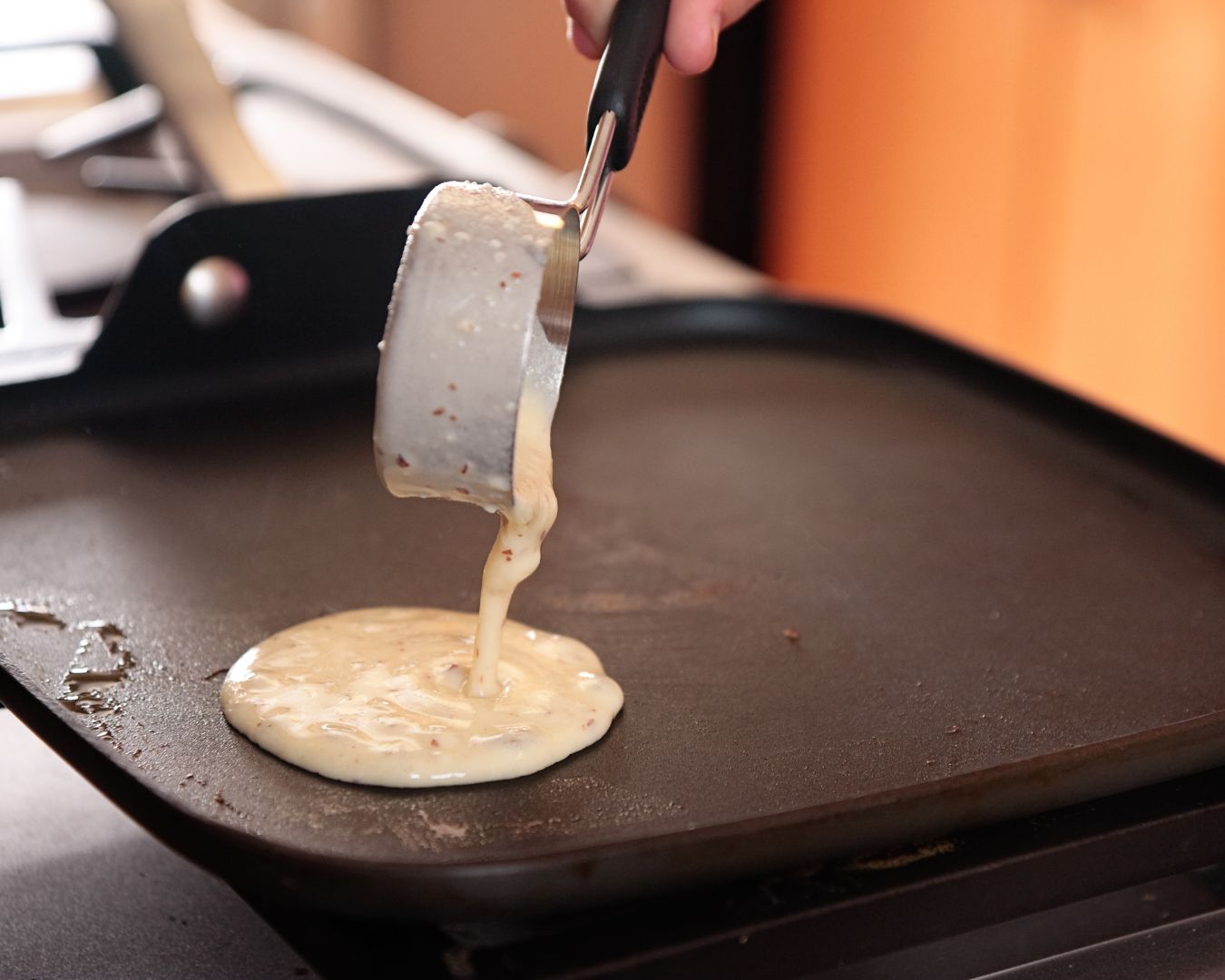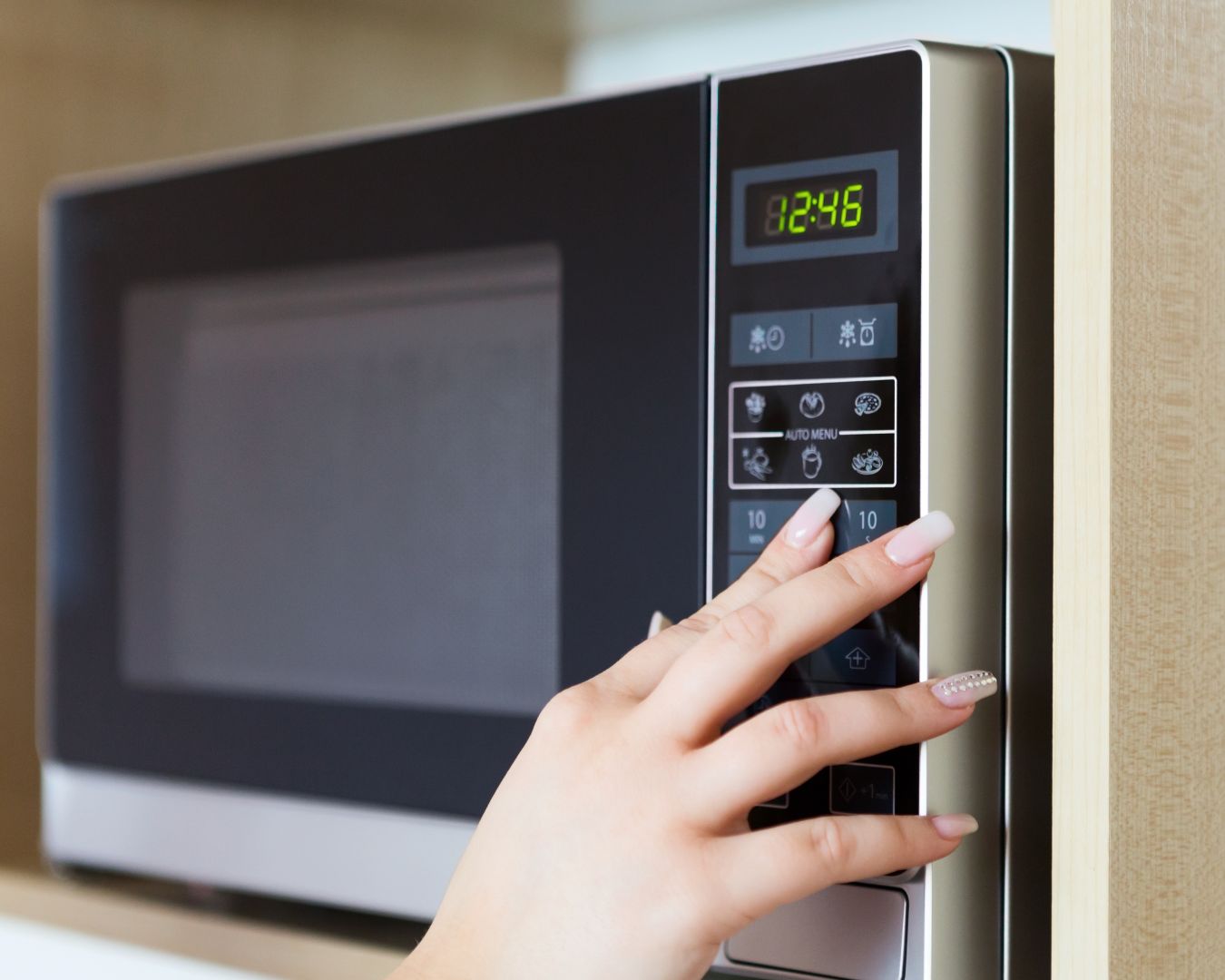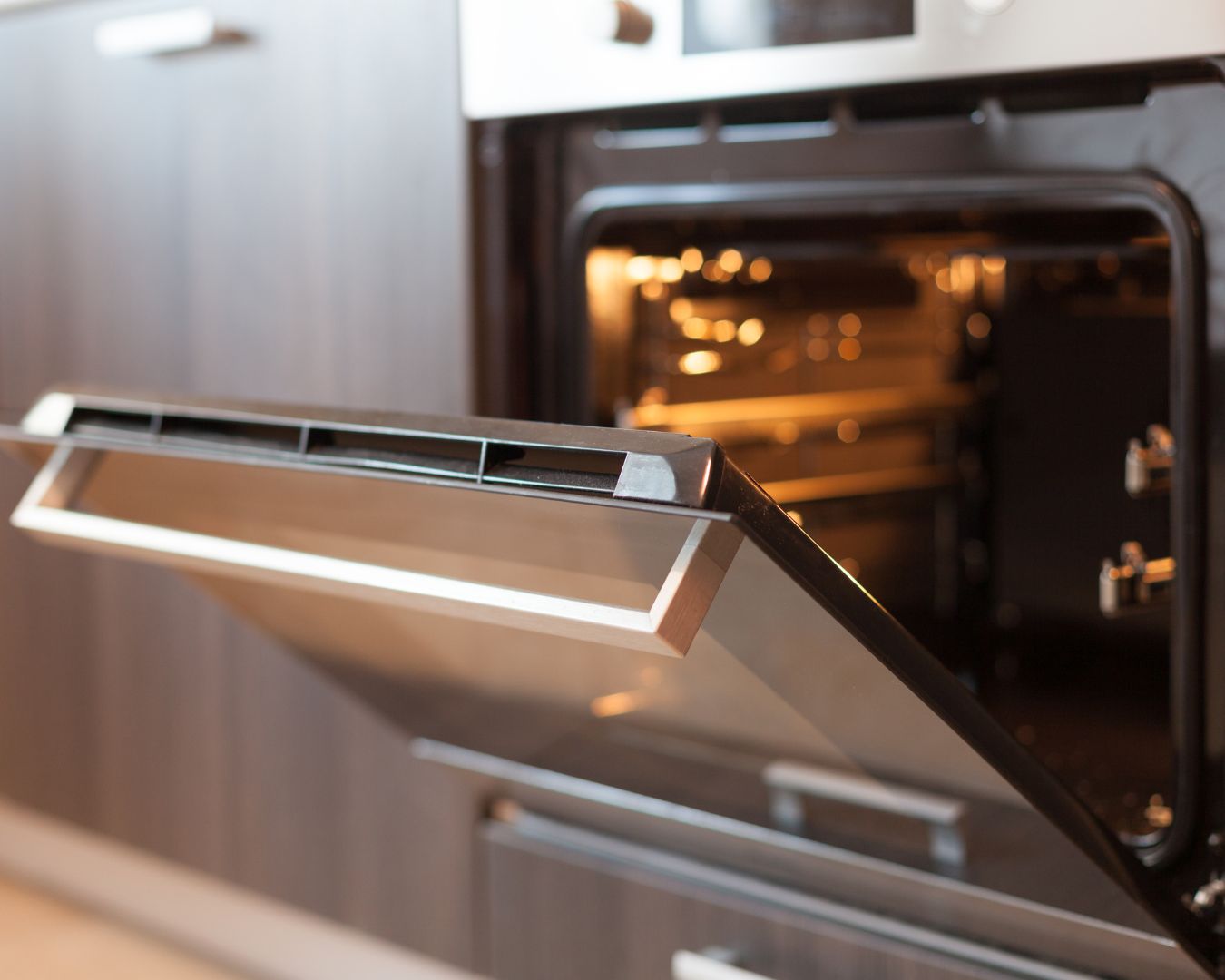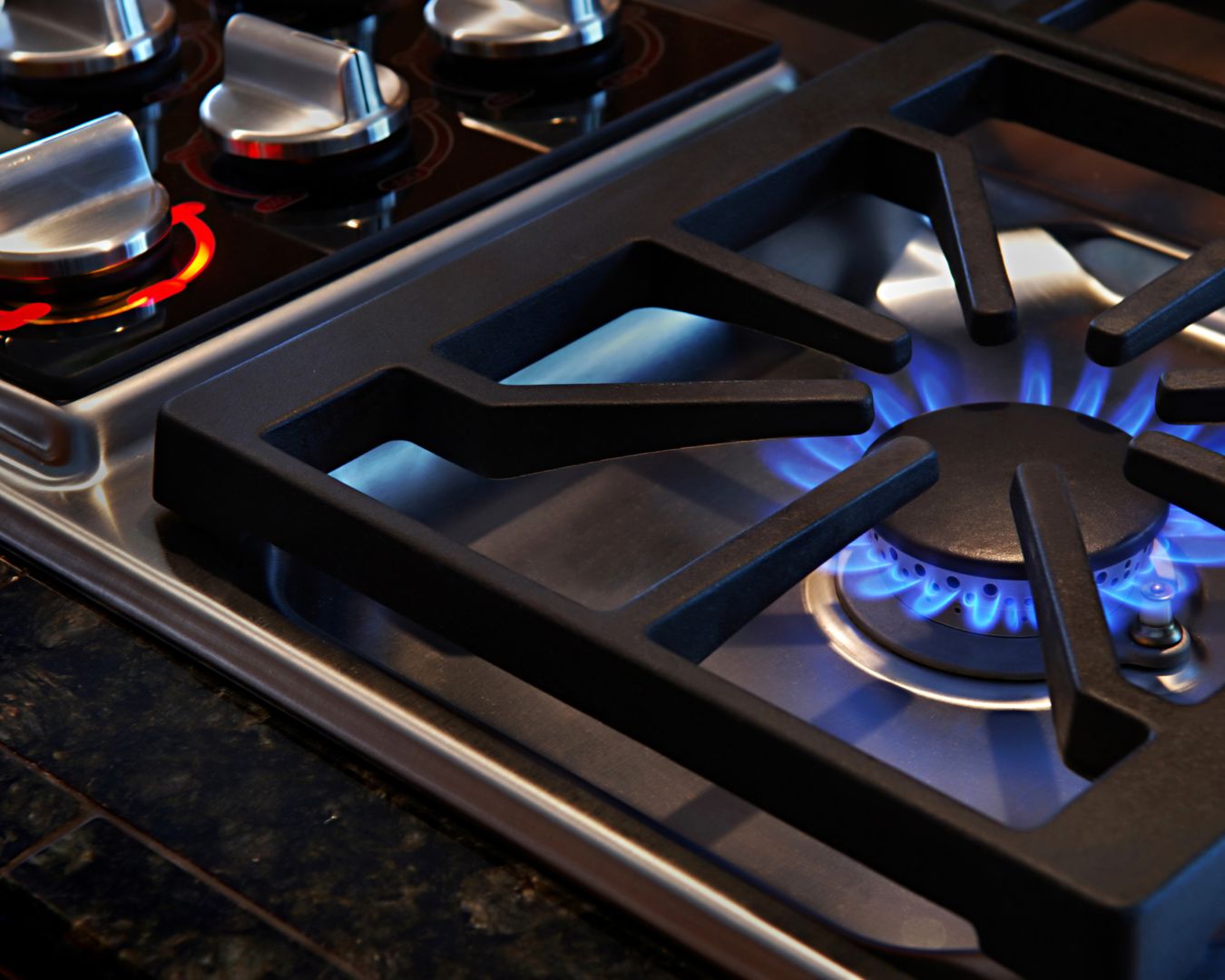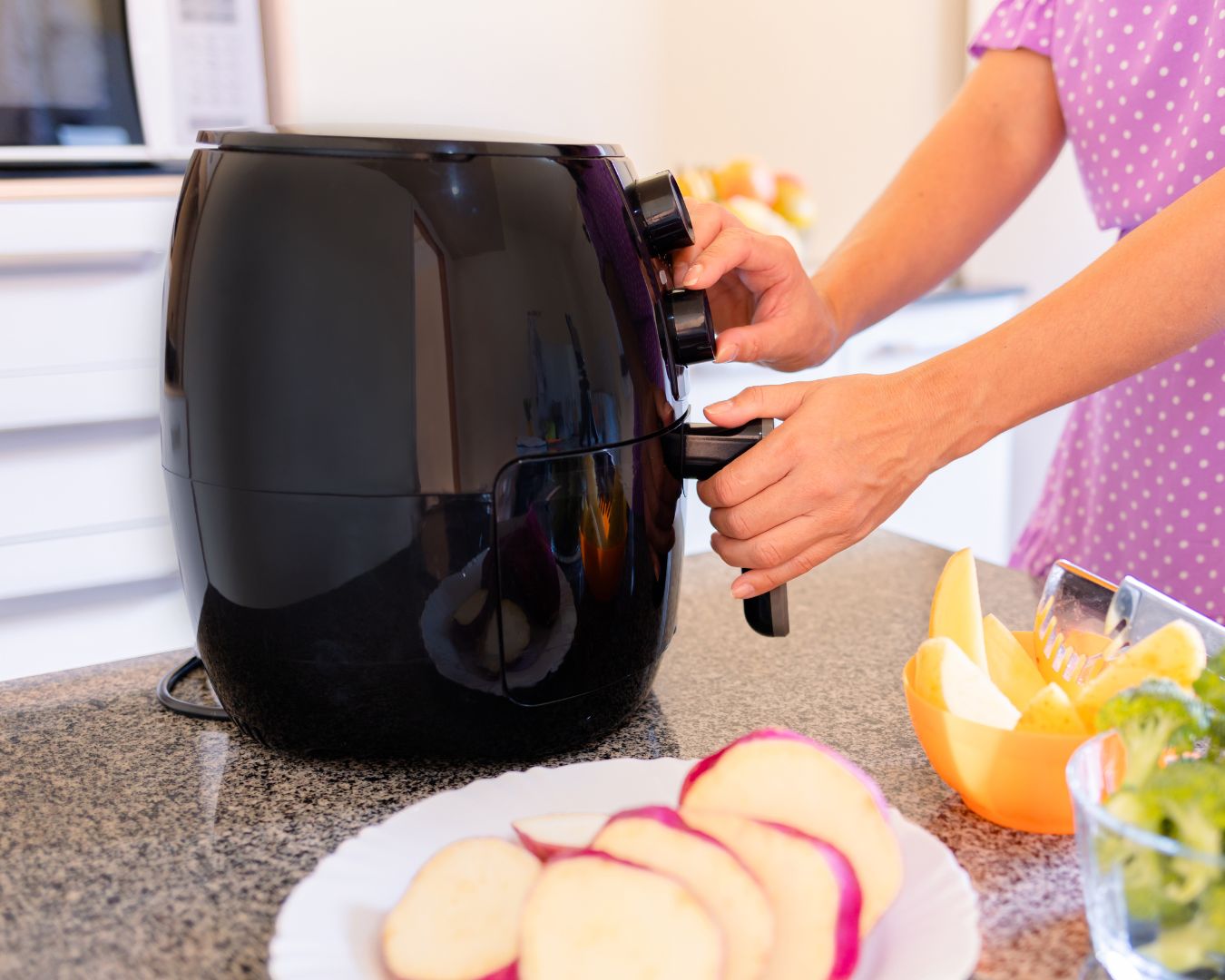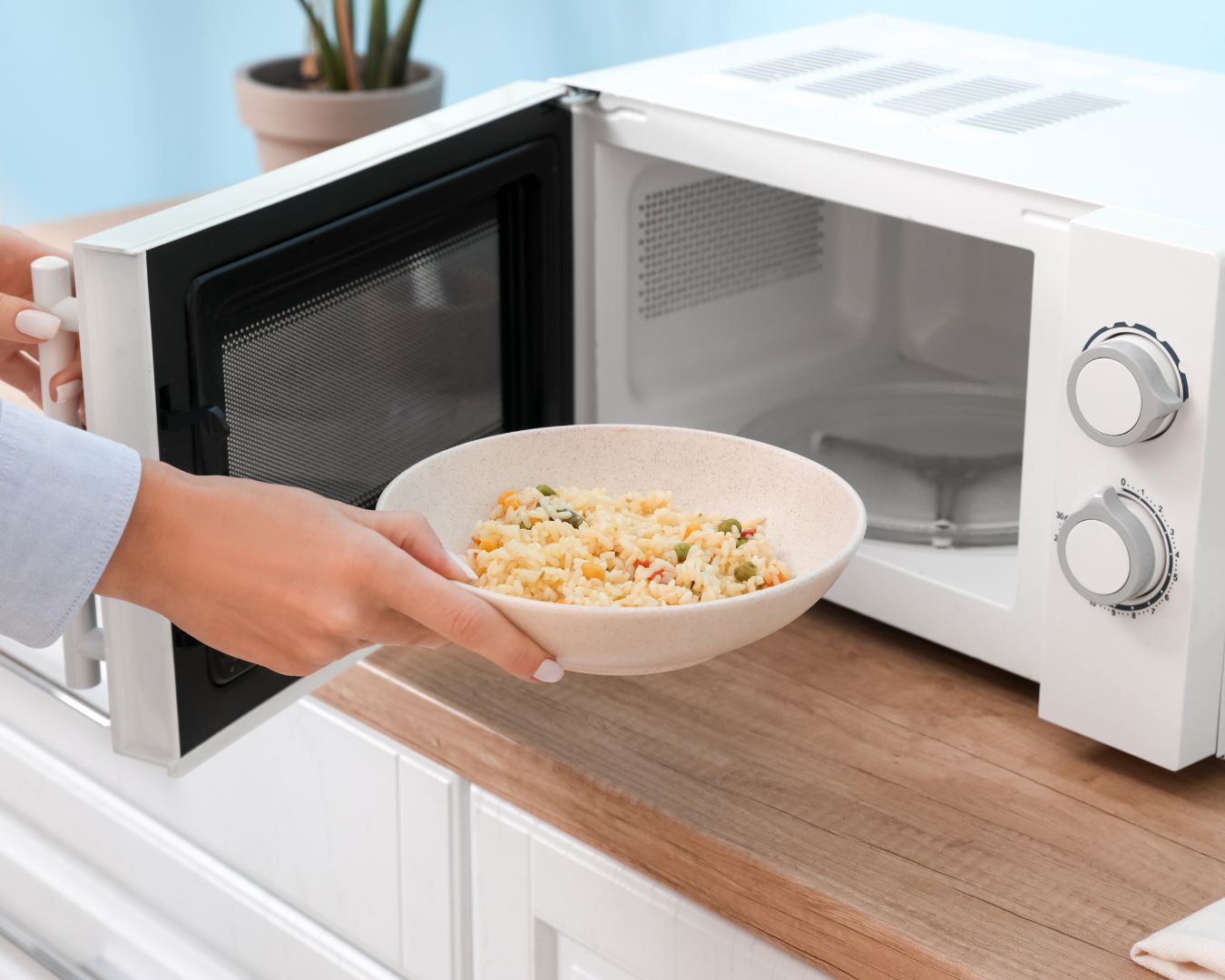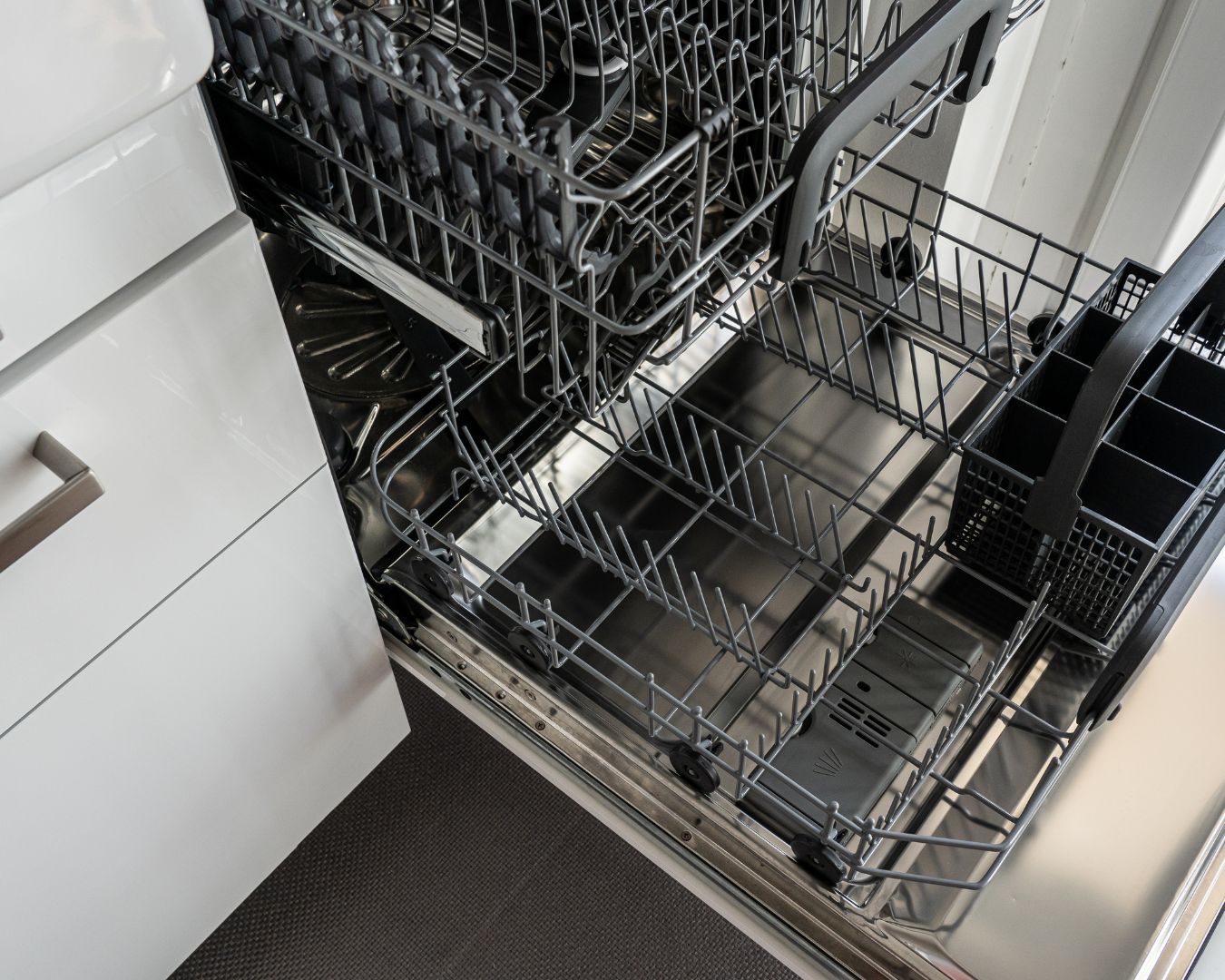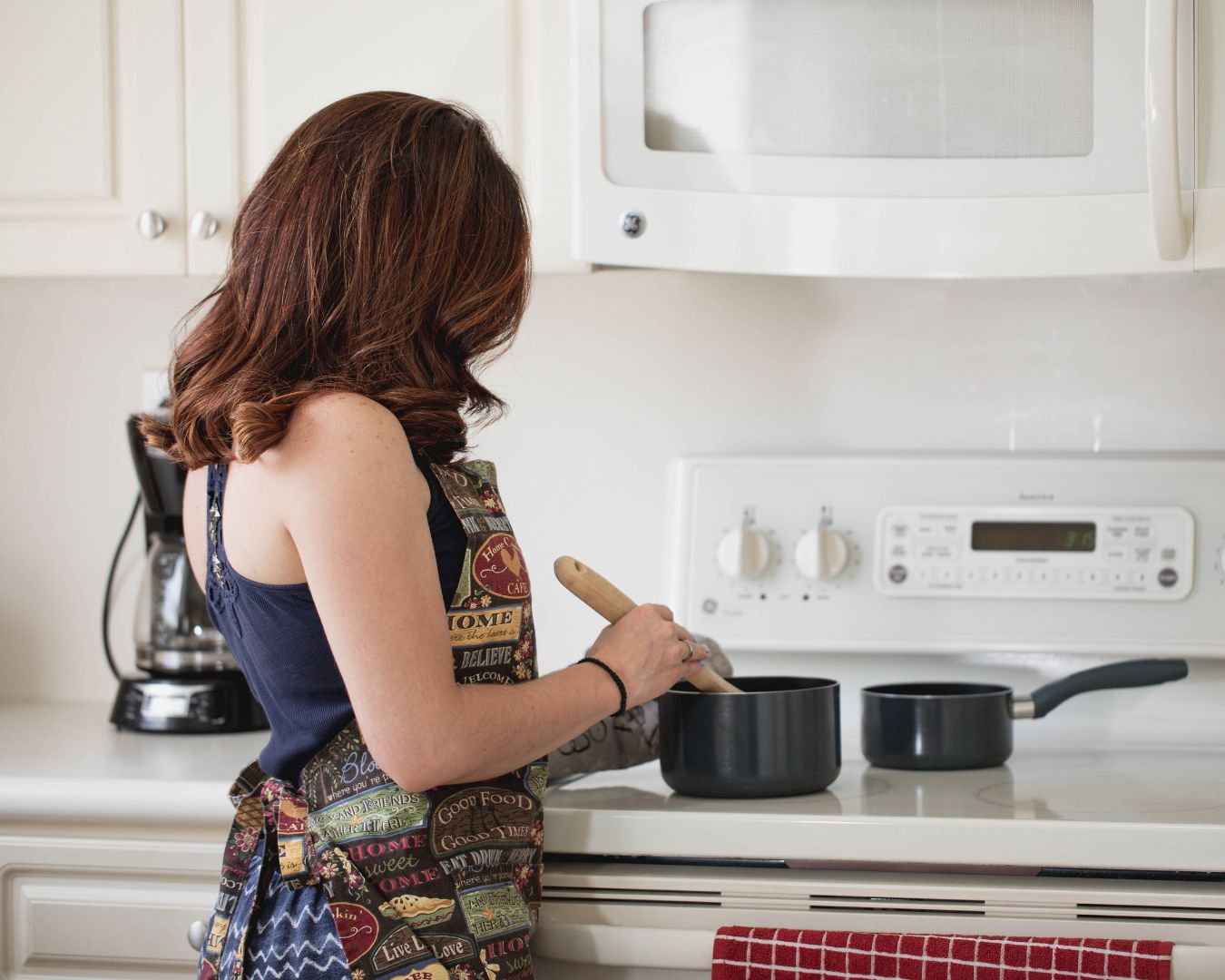Microwaves are typically known for reheating leftovers or quickly cooking simple meals, but did you know they can also be used for baking? While a microwave won’t completely replace a traditional oven, it can be a handy alternative for small batches, quick desserts, or when your main oven is occupied. Here’s how to make the most of your microwave for baking, along with some tips and tricks to ensure success. Choose Microwave-Safe Bakeware The first step to successful microwave baking is choosing the right bakeware. Use only microwave-safe containers, such as glass, ceramic, or silicone, to avoid any mishaps. Avoid metal pans or dishes with metallic trims, as they can cause sparks or damage your microwave. Also, consider using round containers rather than square or rectangular ones, as they promote more even cooking. Understand Power Levels Microwaves typically operate at different power levels, which can be adjusted depending on what you’re baking. Lower power levels mimic the slow, steady heat of an oven and are ideal for baking. For instance, if your microwave’s maximum power is 1000 watts, you might want to bake at 50% power (500 watts) to avoid overcooking the outside while the inside remains undercooked. Use Small Portions and Batches Microwaves work best for smaller portions, so keep this in mind when baking. Large cakes or loaves may not cook evenly, leading to dry or rubbery textures. Stick to individual servings or small batches, like mug cakes, brownies, or mini cookies, for the best results. Additionally, since microwaves cook food quickly, small portions ensure even baking throughout. Rotate and Monitor Microwaves can have hot spots, so it’s crucial to rotate your dish halfway through baking to ensure even cooking. If your microwave doesn’t have a turntable, manually rotate the dish every minute or so. Also, keep an eye on your baked goods and check for doneness frequently, as microwaves can cook faster than you might expect. Add Moisture Microwave baking can sometimes dry out baked goods, especially if cooked for too long. To combat this, consider adding a small cup of water in the microwave alongside your dish. The steam from the water will help keep your baked goods moist. Alternatively, use ingredients like yogurt, applesauce, or even a bit of extra butter or oil in your recipes to maintain moisture. Experiment with Timing Microwave baking times can vary significantly from those in a conventional oven, so be prepared to experiment. Start by setting a shorter cook time and increase it gradually until you achieve the desired result. It’s better to undercook slightly and add extra time than to overcook and ruin your dish. Use Pre-Packaged Microwave Baking Mixes For beginners, pre-packaged microwave baking mixes can be a great way to get started. These mixes are specifically designed for microwaves and come with precise instructions, making it easier to achieve a successful bake. Once you’re comfortable, you can start experimenting with your own recipes. Allow for Carryover Cooking Microwave-baked goods often continue to cook slightly after being removed from the microwave due to residual heat. To avoid overcooking, let your baked goods rest for a minute or two after removing them from the microwave. This rest time allows the heat to distribute evenly, ensuring a better texture. Know When to Use the Microwave While the microwave is convenient, it’s not suitable for all types of baking. Delicate pastries, flaky pie crusts, and recipes requiring a crispy or browned exterior are better suited to a traditional oven. However, for quick cakes, puddings, and other simple treats, the microwave can be a lifesaver. Baking in a microwave can be a convenient and efficient way to prepare small, quick treats. With the right techniques and a bit of experimentation, you can achieve delicious results that rival those from a conventional oven. Whether you’re whipping up a quick dessert or trying out a new recipe, these tips and tricks will help you make the most of your microwave for baking success.

